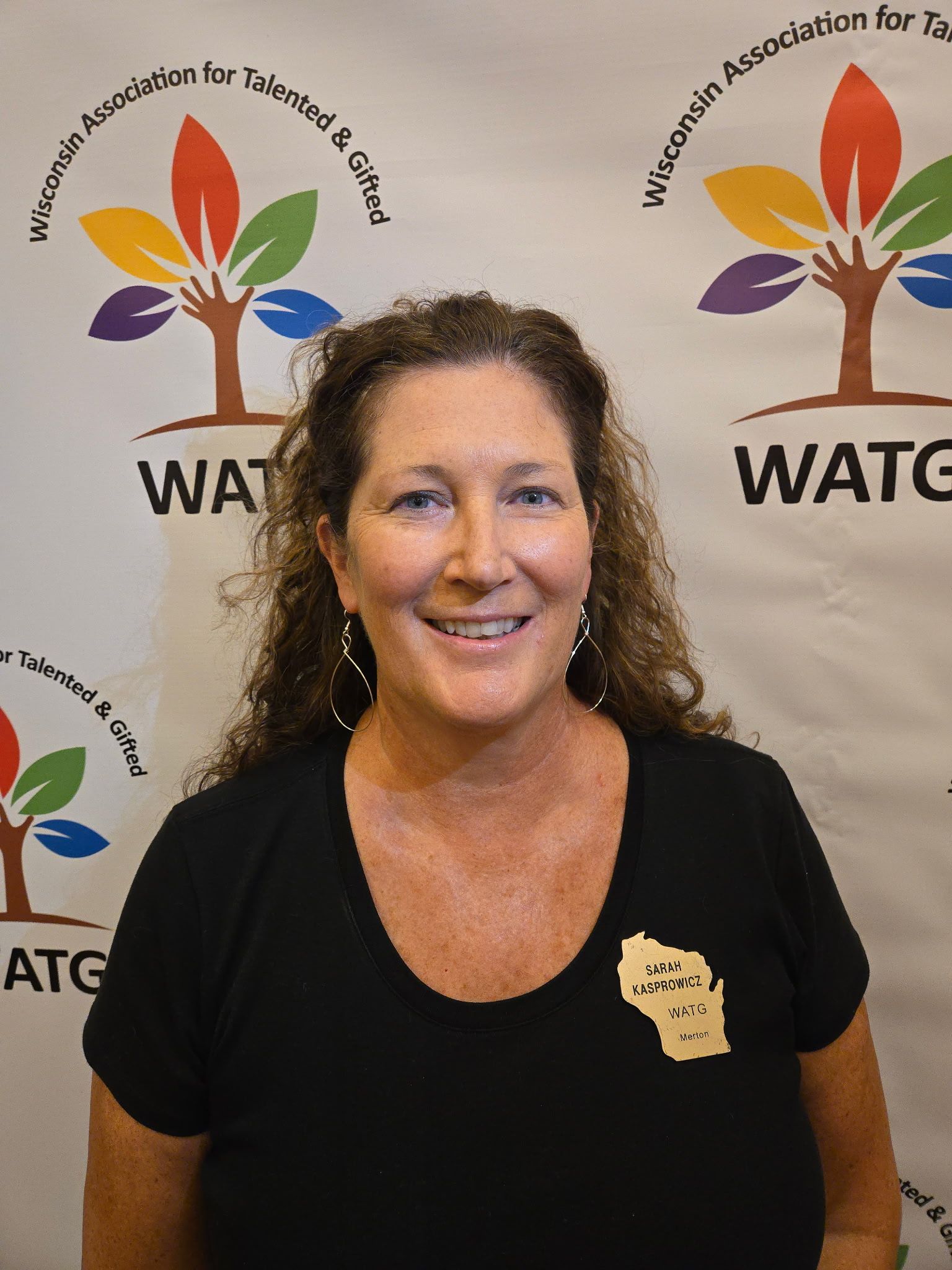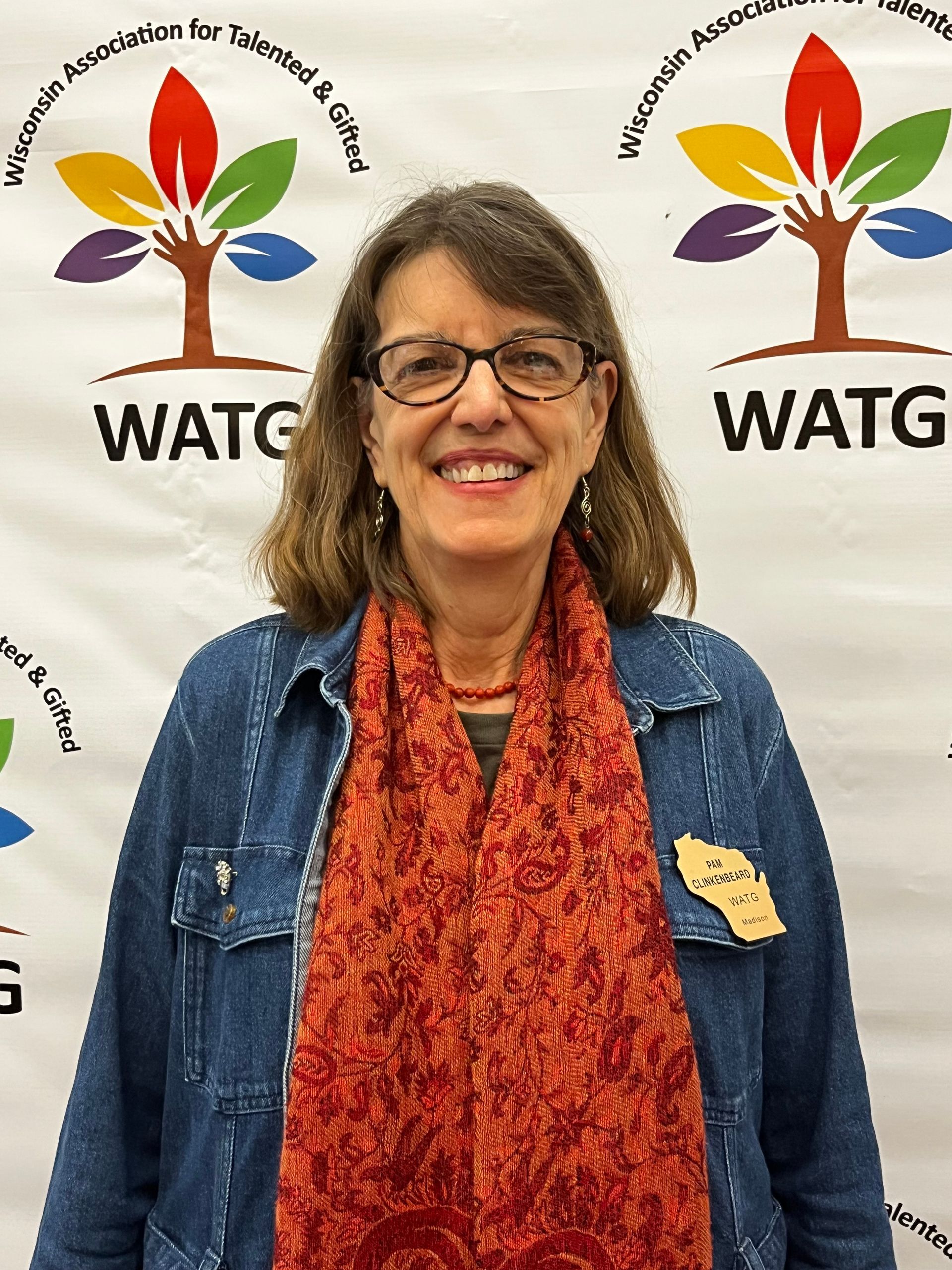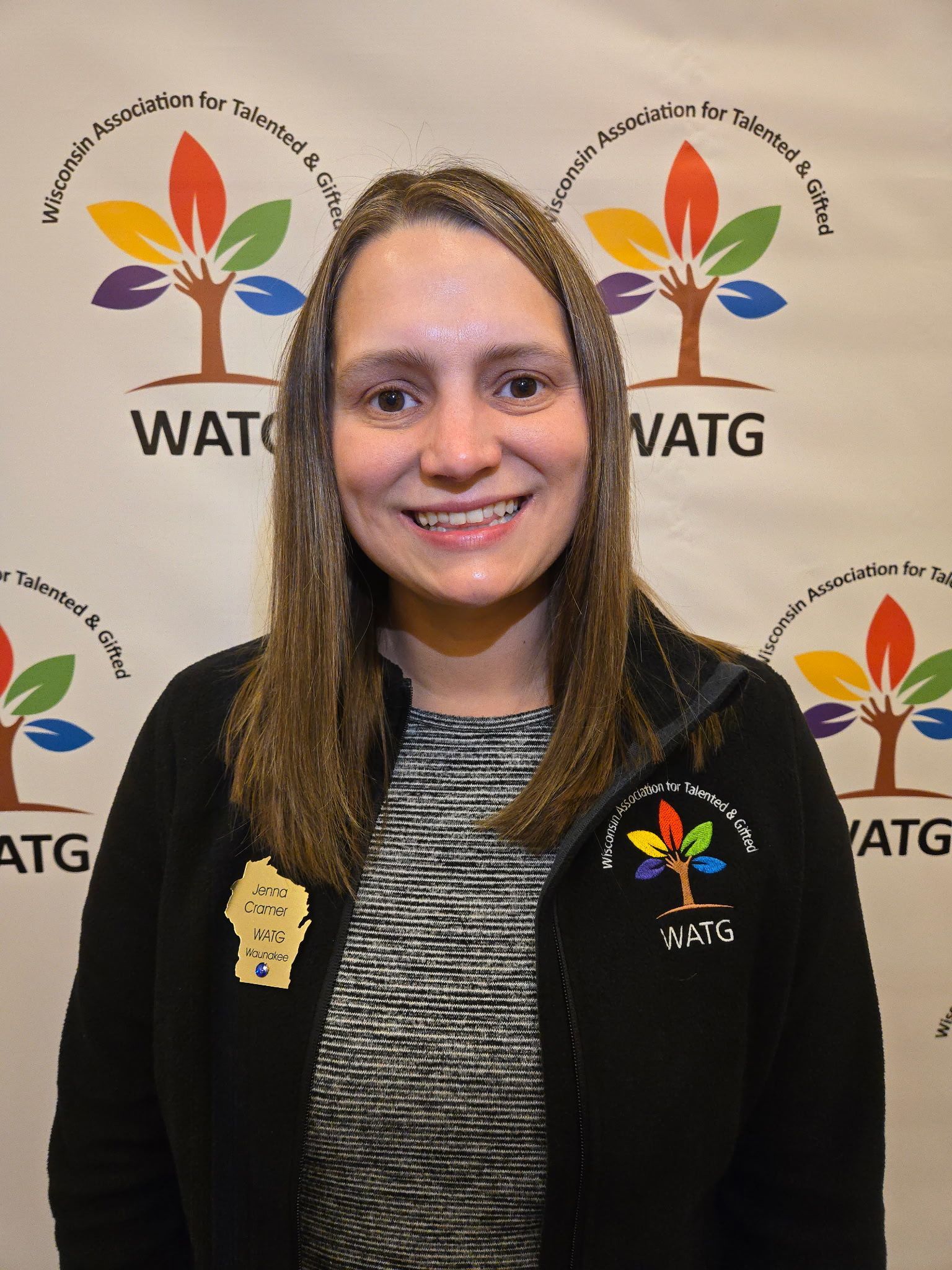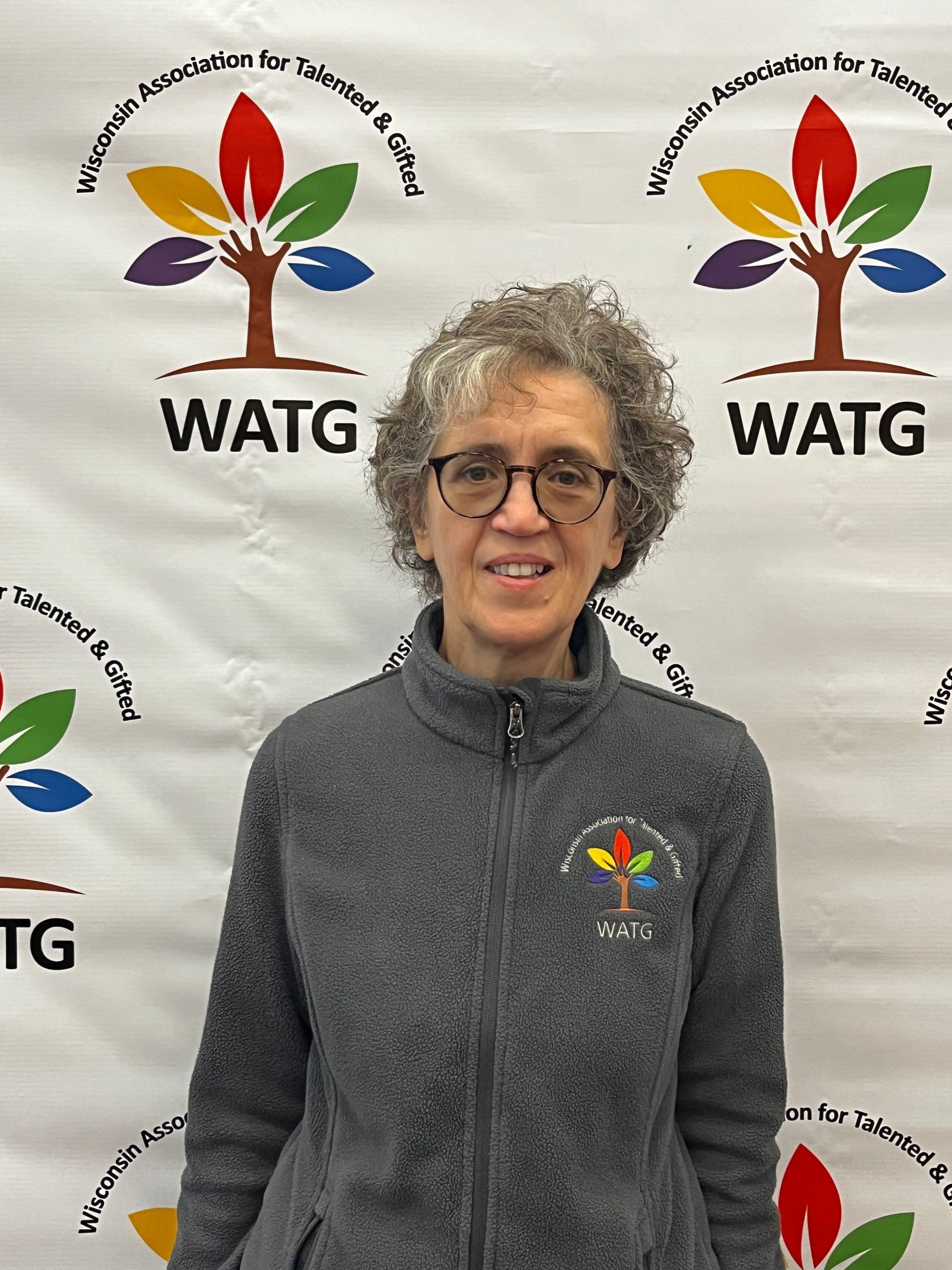Cell Redesign with SCAMPER: A Structured Spin on Creativity in the Science Classroom
(In a recent survey, respondents asked for more specific curriculum ideas for gifted learners. We heard you, and are pleased to offer more articles on this topic.)
As a teacher—and admittedly a fairly rigid and logical thinker—I often find it challenging to design lessons that feel both academically rigorous
and creatively engaging. While I thrive on structure and clear outcomes, I recognize that gifted students learn best when they can explore, imagine, and think beyond the textbook. That’s where the SCAMPER model comes in. It has become one of my favorite tools for igniting creativity across all subject areas—and science is no exception.
One way I have used SCAMPER in the classroom is through a Cell Redesign Project. In this activity, students use the SCAMPER framework (Substitute, Combine, Adapt, Modify, Put to another use, Eliminate, and Reverse) to reimagine cell structures. Instead of simply memorizing each part’s function, they apply higher-level thinking to transform the cell into something new, yet still biologically functional. For example, a student might
substitute the cell membrane with a drawbridge system or
combine the functions of the lysosome and Golgi apparatus into one streamlined processing center.
What makes this lesson especially powerful is the balance between structure and innovation. SCAMPER gives students a lens through which to view the content differently, but it also gives
me, as the teacher, a structured process to support and assess their creative thinking and content knowledge. I am often inspired by their designs and create my version alongside them. Modeling the process makes a huge impact. Students love critiquing my “cell redesign” using the same rubric they are graded with, and it invites a playful sense of accountability and mutual growth into the classroom.
SCAMPER isn’t just for art class or writing prompts—it’s a flexible, powerful framework that can bring creative thinking into even the most traditionally logical subjects. Whether it's science, math, or language arts, students (and teachers!) benefit from being given permission—and a process—to think differently.
If you are looking to spark imagination while still keeping things academically grounded, consider trying Cell Redesign with SCAMPER. You might just be surprised by what your students—and you—create.
SCAMPER Cell Redesign Lesson Plan
Grade Level: 7th – 9th Grade
Subject:
Life Science
Topic: Cell Structures and Functions
Duration: 60 minutes
Objective: Students will:
- Understand the structure and function of plant and animal cells.
- Use the SCAMPER model to explore and creatively reimagine cell structures.
- Present ideas that reflect comprehension and creativity.
Materials
- Diagrams of plant and animal cells
- Chart paper or whiteboards
- Markers
- SCAMPER worksheet (can be provided digitally or printed)
- Projector/slides for visuals
Introduction (10 min)
- Brief review of
cell structures (nucleus, mitochondria, cell membrane, etc.).
Show visuals comparing plant and animal cells.
Introduce the SCAMPER method (SCAMPER anchor chart):
- Substitute
- Combine
- Adapt
- Modify/Magnify/Minify
- Put to another use
- Eliminate
- Reverse/Rearrange
Activity – SCAMPER Cell Redesign (35 minutes)
Step 1: Group Work (5 min)
Divide students into small groups (3-4 per group). Assign each group either a plant cell or an animal cell to work with.
Step 2: SCAMPER Brainstorm (20 min)
Each group completes the
SCAMPER worksheet using their assigned cell type.
Sample SCAMPER Prompts:
- S: What if we substitute the nucleus with something else—what could control the cell?
- C: Can we combine two organelles to be more efficient?
- A: How could we adapt the cell to survive in a new environment (e.g., outer space)?
- M: What if we modify the size of the mitochondria—what would happen?
- P:
Can any organelle be put to another use (e.g., the vacuole as a defense system)?
- E: What happens if we eliminate the cell membrane—what problems would arise?
- R: What if we reverse the cell’s energy process—what might that look like?
Step 3: Creative Design (10 min)
Groups sketch and label their newly imagined cell design on chart paper or digital tools.
Presentations and Discussion (10 minutes)
- Each group presents its "Redesigned Cell" and explains its SCAMPER-based changes.
- Encourage class discussion on the feasibility and scientific implications of their ideas.
Closure (5 minutes)
- Recap how SCAMPER helped think critically about cell structures.
- Ask: “Which SCAMPER prompt was the most challenging? The most fun?”
- Homework (optional): Write a short story from the perspective of your redesigned cell.
Assessment
Extensions
Use SCAMPER to explore
ecosystem design, human body systems, or
adaptations of organisms in different biomes.
Integrate with art class for 3D models of redesigned cells.
By Jen Neuman, Board Member, Wisconsin Association for Talented and Gifted











